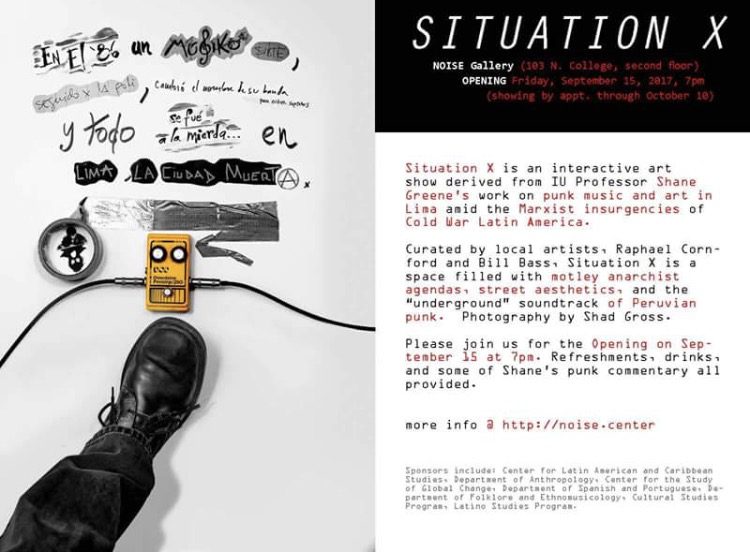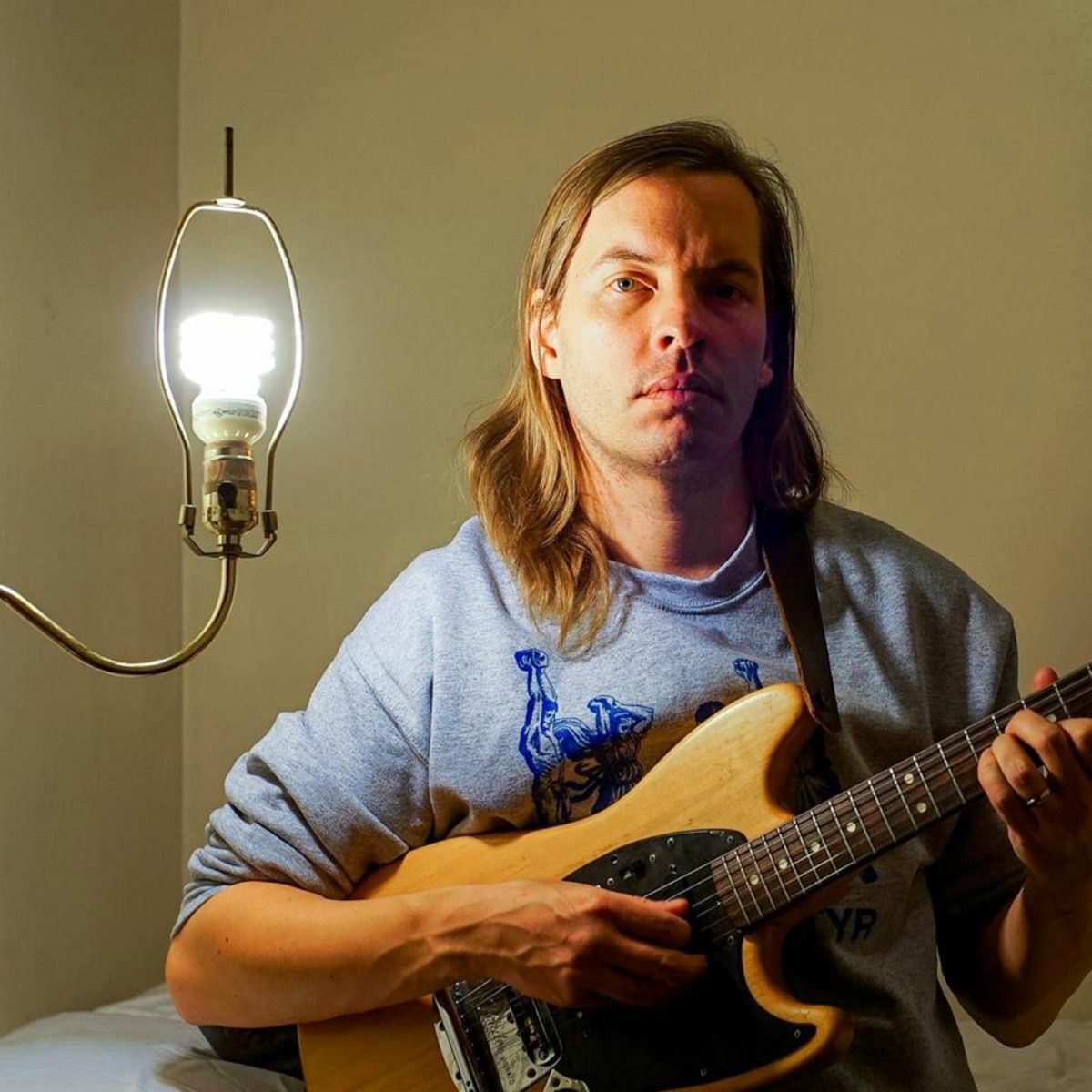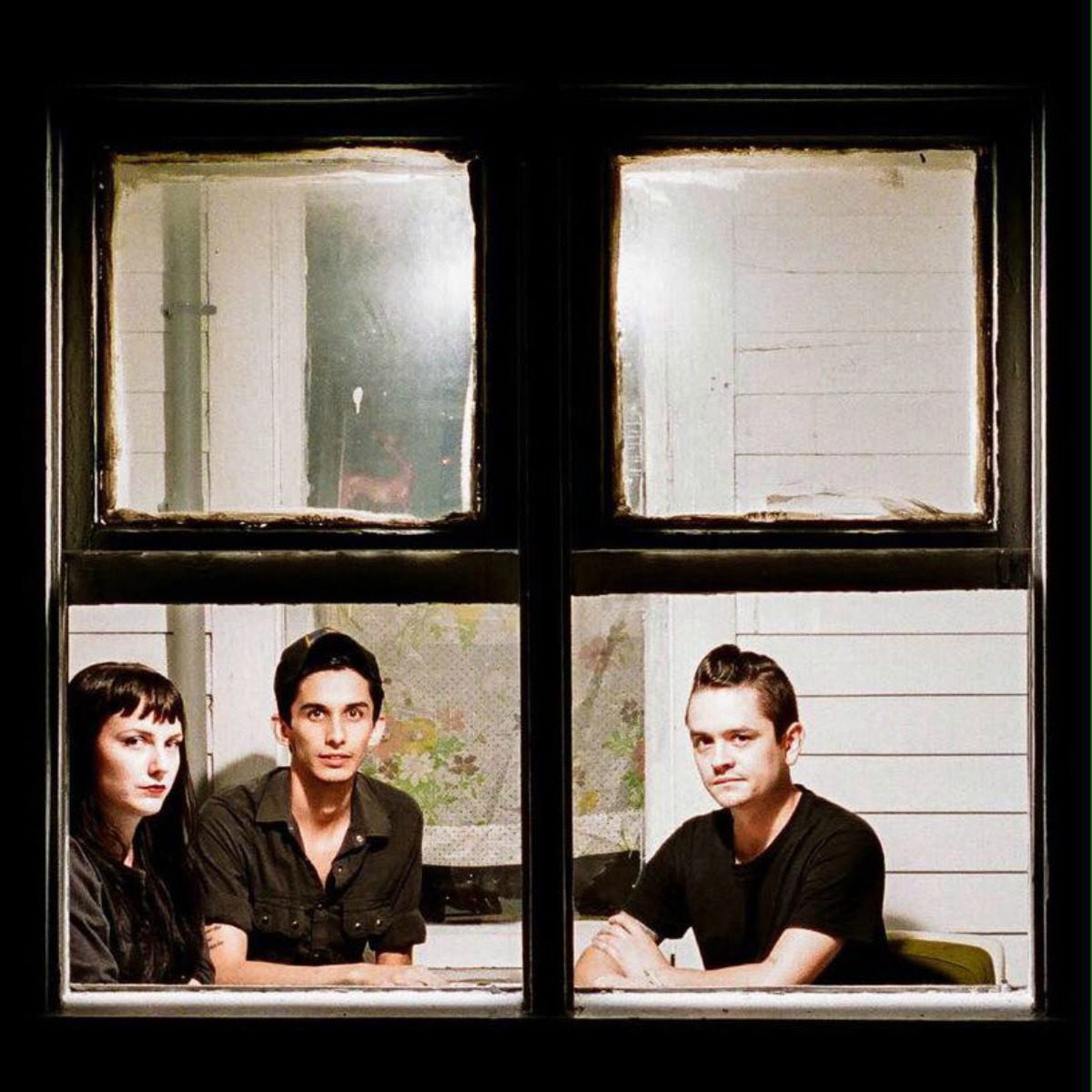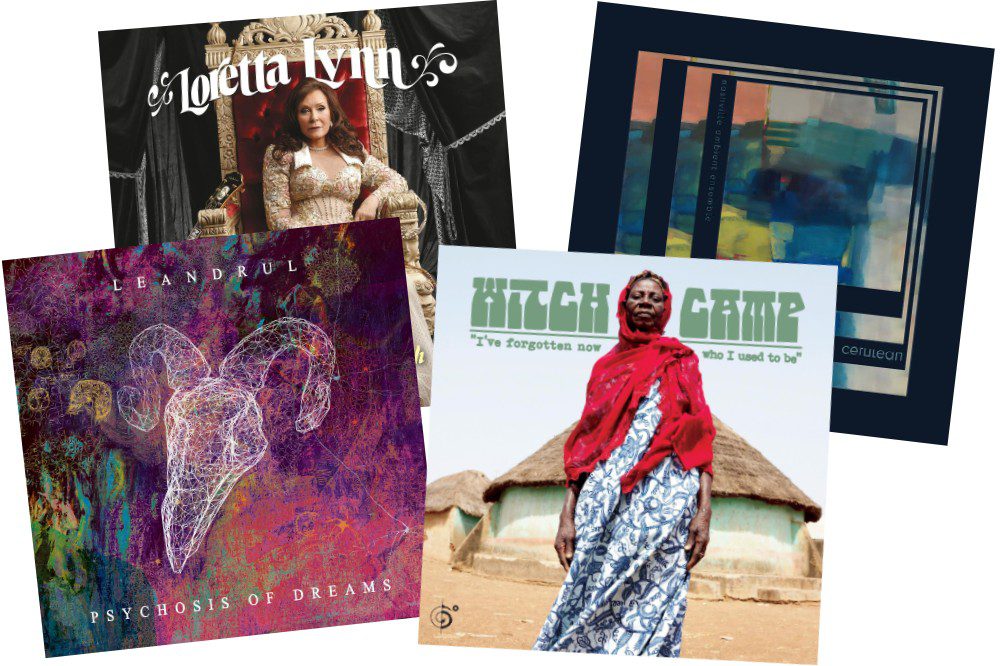PLAYING BLOOMINGTON: Situation X Brings Peruvian Punk to NOISE Gallery
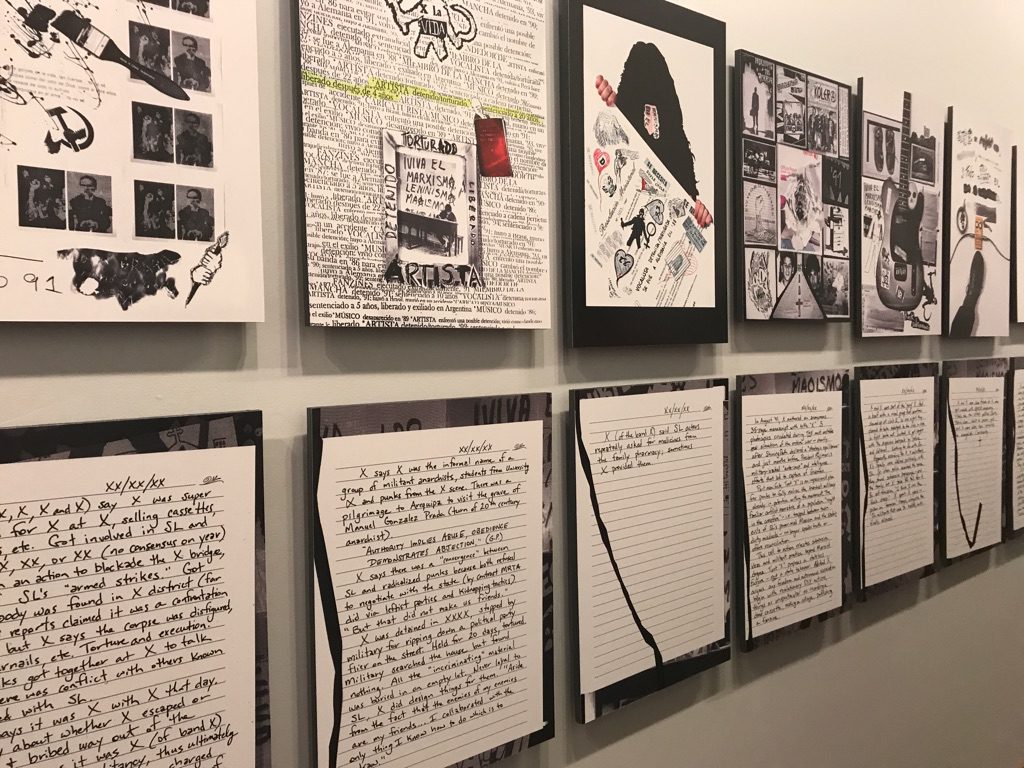
As a professor of anthropology at Indiana University, Dr. Shane Greene’s focus on Latin American and Caribbean Studies brought him to an unexpected area of research: the various underground punk movements of Peru. For American and UK audiences, punk symbolized rebellion through aggressive music and extreme fashion, but in 1980’s Peru, intense political upheaval and decades of bloody conflict made its underground punk scene frontline commentators on a volatile civil war, the symbolism in its militant message dissolving into one of subversive reality and responsibility. Situation X, a new interactive art show curated by NOISE Gallery founders and local artists Raphael Cornford and Bill Bass, is based on Greene’s book Punk and Revolution: 7 More Interpretations of Peruvian Reality and centers on Lima’s rock subterráneo during the 1980s Marxist insurgencies in Peru, the Maoist Sendero Luminoso (Shining Path) and the Movimiento Revolucionario Tupac Amaru (Tupac Amaru Revolutionary Movement).
Greene’s book draws heavily from activist and intellectual José Carlos Mariátegui’s Siete Ensayos de Interpretación de la Realidad Peruana (Seven Interpretive Essays on Peruvian Reality) (1928). Employing the structure of Mariátegui’s text, Greene offers elaborations on distinct and overlapping interpretations of reality in the 1980s rock subterráneo, an underground punk scene that positioned itself counter to mass cultural values and global capitalism. “A Series of Situations Resulting in X” is the book’s sixth interpretation and the basis for the art show. Providing content for the exhibit and information on space requirements, layout, and method, this chapter offers a blueprint for the actualization of the performative and interactive art show that followed.
When I arrived at Noise Downtown, the space was packed. On one side of the gallery, twelve texts and twelve designs/digital images hung on the wall. These items contained anonymous and personal accounts of different experiences of the underground. On the wall opposite to these items were vintage zines, a collection of tapes, and a stack of photocopies; guests were encouraged to read, listen to, and flip through these items. Against the back wall of the gallery were multi-textured art pieces and additional interpretations of X to explore. The show featured contributions from more than sixty individuals spanning the globe, including many from Peru, as well as Spain, Colombia, Germany, and the Latinx diaspora of the US and Canada.
With minimal overarching commentary, Situation X asks the gallery viewer to understand this project as one that exists in fragments, much like the chaotic punk scene in Lima and its diverse interpretations. Those visiting the space are thus tasked to experience the media and draw their own interpretations. Utilizing multiple mediums and formats, the visual, written, and sonic elements of Situation X offer a narrative of underproduction and D.I.Y. that runs counter to most discourse on punk centered on New York, Los Angeles, and London. Punk is always a relative term that must be understood in its cultural contexts and historical realities. Situation X elaborates on these subjectivities by emphasizing dissonance and chaos over cohesion, one of the few central tenets of the aesthetics of underproduction.

